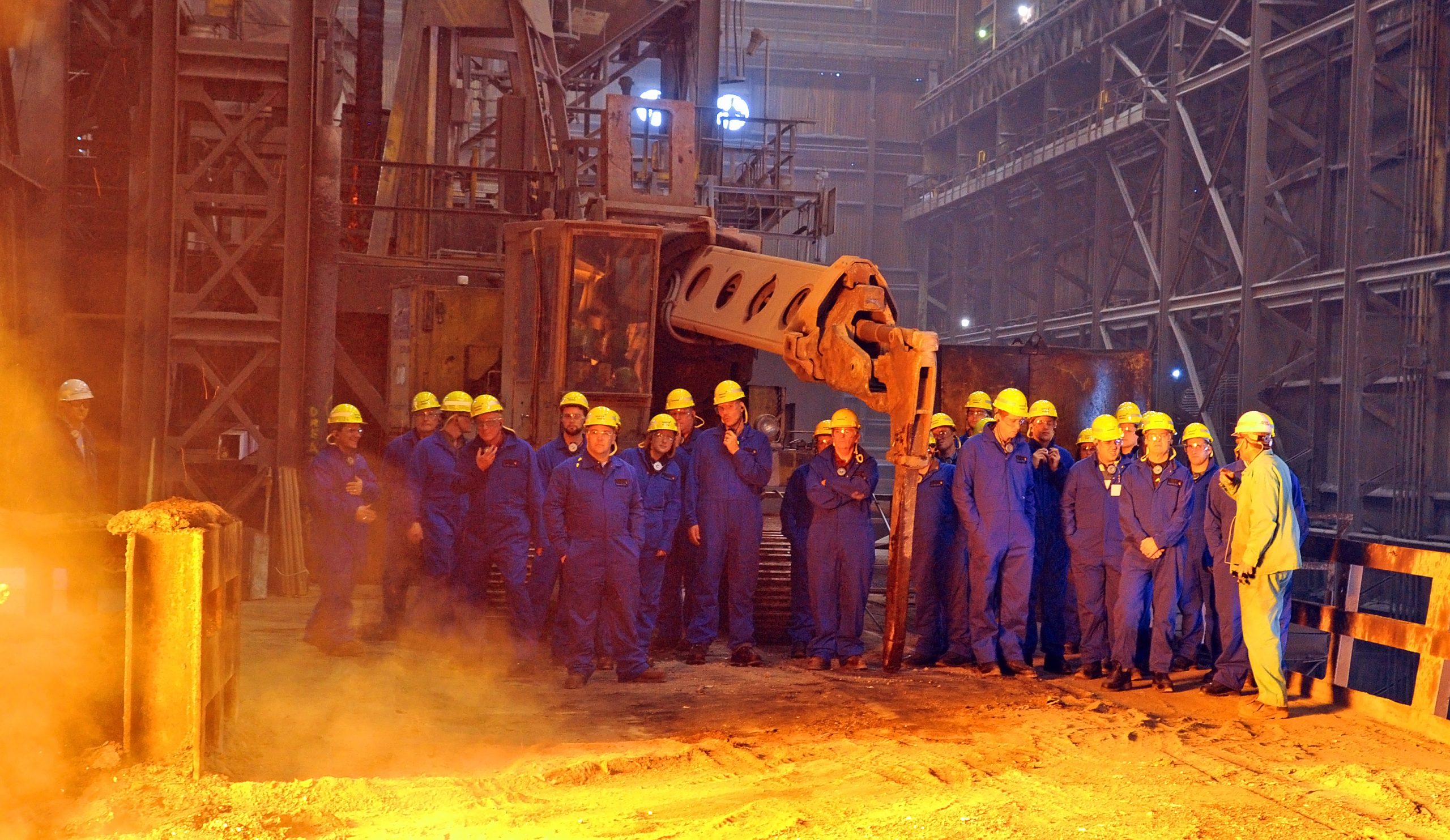Analysis

September 16, 2021
Final Thoughts
Written by Michael Cowden
Hot-rolled coil prices fell modestly this week for the first time in more than a year, lead times slipped below nine weeks for the first time since mid-April, and inventories continue to inch upward.
Everyone is tired of hearing about a “tipping point” to this “unprecedented” market. But how else do you interpret this?
![]() Imports, meanwhile, are running at their highest levels in years. I noted in my last Final Thoughts that flat rolled steel import volumes have been above 1 million short tons in recent months, well above monthly averages over the last two years.
Imports, meanwhile, are running at their highest levels in years. I noted in my last Final Thoughts that flat rolled steel import volumes have been above 1 million short tons in recent months, well above monthly averages over the last two years.
And that trend is even more pronounced when it comes to galvanized products. The U.S. was licensed to import 315,459 tons in August, up nearly 65% from a monthly average of 191,833 tons over the last two years, according to Commerce Department figures.
If you’re located near a coastal port, “you’re out of your mind if you don’t buy at least some foreign,” one steel buyer said. And while it’s hard to say how much foreign steel is on order, in his opinion, the only debate is whether it’s an avalanche or a tsunami.
And removing Section 232 tariffs from the EU – something that might happen before the end of the year – could “add fuel to the fire” given that the region can get high-quality steel to the U.S. quickly.
Domestic mills have been very good at maintaining “discipline” with prices rising. But discipline is not hard when you’re not fighting for business. What comes next? “Prices will remain high until imports flood the market and take that control away from the domestic mills,” predicted one respondent to our most recent survey.
A selloff in the futures market in recent days also has people spooked. It’s not hard to spook a market with spot HRC prices near $2,000 per ton. The peak of the last steel supercycle – way back in the summer of 2008 – was $1,070 per ton. Which means we could shave almost $900 per ton off current spot HRC prices of $1,950 per ton and still be at just about the highest steel prices ever.
And we have heard anecdotally that some mills have more availability and that some might even be shipping a little early for the first time in a long time. Is it because of the chip shortage or because inventories are balanced and people aren’t scrambling for steel? Both are possible.
To be clear, SMU IS NOT predicting sub-$1,000 hot rolled coil. We’re not in the prediction business. And as other sources have noted, demand is still pretty good, both prices and lead times are high by any normal standard, and inflation – something we’re not used to thinking about – might be playing a bigger role in all of this than we realize.
We also realize that even if mill lead times have slipped, delays remain widespread up and down the supply chain. Hurricane Ida disrupted hydrogen supplies and made a bigger mess of an already messy barge situation. And just getting a coil pickled remains no easy task. We’ve heard of delays of as long as 2-3 months in the mid-Atlantic and Midwest. And the situation, we’re told, is not much better in the South.
Meanwhile, finding skilled workers has never been more difficult. And keeping them is even harder. Even experienced workers might “ghost” you – leaving you with recruiting fees, no explanation of why they left, and equipment that’s not running even though demand for your product is good.
So it’s understandable if you think all this talk of a tipping point is more for pencil pushers than people trying to hire workers, load trucks and move steel. But I think it’s fair to say that there is the potential for some serious volatility ahead. And you ignore that at your peril.
Steel is prone to “recency bias,” as analysts call it. When things are good, people tend to think they’ll be good forever. And when things are bad, folks in steel are apt to think there will never be a light at the end of the tunnel. (Remember last year when even the mills had all but thrown in the towel.)
Let’s be smarter this time around. Let’s not assume that things will always be as they are now. Let’s also remember that people predicting a collapse are just one voice of many. And let’s use the tools at our disposal to manage what is – I think we can all agree – a more treacherous 2022.
What’s in the Future?
Take steel futures. Let’s say you think all this talk of $1,000 per ton hot-rolled coil is a bunch of Chicken Littles trying to save face. OK, then you can lock in prices now at what you think – based on your orderbook and what you see in the market – is a good deal.
Let’s say you think domestic prices are too high, way too high, and so you’ve gone out and ordered steel from Asia at what would be a very attractive price if it were coming into the Port of Houston today. The problem? It might in not arrive until Q1 or Q2 of next year, and who knows whether today’s price will still be competitive then? Futures are your friend in that scenario too.
To learn more about steel futures, I’d encourage you to sign up for our Steel Hedging 101 workshop. It will be held on Nov. 2-3 with instructor Spencer Johnson of StoneX Financial Inc. You can sign up by clicking here.
And if none of this makes sense to you, or if you’d just like a refresher on the basics, register for our Steel 101 workshop on Oct. 5-6 by clicking here.
By Michael Cowden, Michael@SteelMarketUpdate.com







